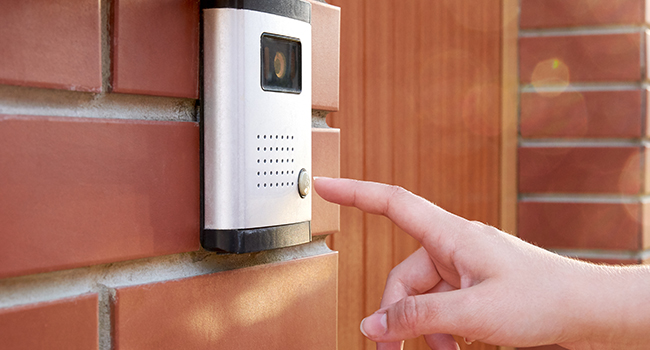
Florida District Schools Implement Closed-Access Control on Campuses
"The purpose, of course, is to secure the facility, but also to provide a consistent, systemic way to validate anyone who has business on campus," Superintendent Tim Wyrosdick told the Pensacola News Journal.
- By Jessica Davis
- January 14, 2019
The Santa Rosa County School District in Florida is currently installing closed-access control systems at all of its campuses with the goal of vetting anyone trying to enter school buildings.
"The purpose, of course, is to secure the facility, but also to provide a consistent, systemic way to validate anyone who has business on campus," Superintendent Tim Wyrosdick told the Pensacola News Journal. "So, it's a single point of access. We'll have one place in the facility that will allow on-campus presence."
Once the system is installed on a campus, all of the school’s doors will be locked and visitors will be required to enter through the door with the control system. Visitors will be required to present a valid ID and a reason for entering the school. If granted entry, they will then be buzzed through that door.
"We validate both the person and we validate the reason before we let you in," Wyrosdick said. "So it allows us to control access on the campus and provides another level of protection for our students and faculty and staffs."
The new security system also keeps visitors from wandering into areas they shouldn’t access or doing something they shouldn’t do.
"Once inside the facility, there are other security measures that are going to be deployed. You won't know them, you won't have any idea they're taking place," Wyrosdick said. "But there's cameras, there's people assigned to specific areas of the building with specific responsibilities. So it's not free access to the facility once you get inside."
Two district schools already have the system fully in place. Wyrosdick said that installation and operation costs between $7,000 and $10,000 for elementary and middle schools and that high schools that require more systems and need more access points will cost “significantly more.”
Every school in the district will have at least one closed-access control system installed at its main entry point, and the entire project will total an estimated $1.5 million to $1.75 million, Wyrosdick said.
He said the district is funding the project with the $600,000 it received from the state’s school safety allocations, and the rest of the funds will come from taxpayers and the county’s half-cent sales tax.
"We did receive some safety dollars for campus security; it is not enough," Wyrosdick said. "It includes everything from single-point of access, to access control, to cameras inside schools, to other security measures that we don't advertise, nor do we disclose."
Wyrosdick said he hopes that every campus in the district will have implemented the system by the summer if not the end of the 2018-2019 school year.
About the Author
Jessica Davis is the Associate Content Editor for 1105 Media.